National Oceanic and Atmospheric Administration
Ocean Acidification Resources
Search for resources like reports, learning tools, and summaries below.
Search
Sort Results
Refine Results
Audience
Type
Grade Level
Organization
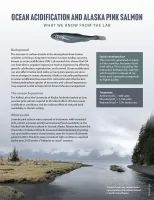

- Source: Alaska Ocean Acidification Network, Alutiiq Pride Marine Institute, OAP, University of Alaska, Fairbanks
The Kelley Lab at the University of Alaska Fairbanks looked at how juvenile pink salmon respond to the direct effect of future ocean acidification conditions and the indirect effect of reduced food availability in the lab setting.
- Type: 1 or 2 Pager
- Audience: Educator, General Audiences, Grade 9, Industry, Policy Maker, Researcher, Resource Manager
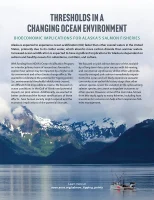

- Source: Alaska Ocean Acidification Network, Meridian Institute, University of Alaska, Anchorage, University of Alaska, Fairbanks
Bioeconomic Implications for Alaska’s Salmon Fisheries
- Type: 1 or 2 Pager
- Audience: Educator, General Audiences, Grade 9, Industry, Policy Maker, Researcher, Resource Manager, Student
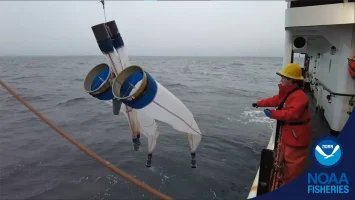

- Source: NOAA Fisheries
Laboratory experiments simulate future conditions to help predict the climate resilience of a valuable Alaska fish.
- Type: Video or Multimedia
- Audience: Industry, Policy Maker, Researcher
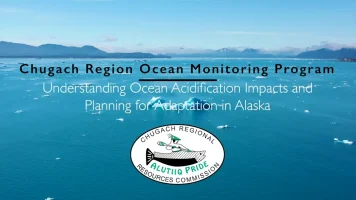

- Source: Chugach Regional Resources Commission
The Chugach Regional Resources Commission (CRRC) created this video in partnership with Alutiiq Pride Shellfish Hatchery (APSH) to communicate the scientific findings of a long term Native Alaskan community science water quality program south-central Alaska. The goals of the video are to educate and raise awareness of ocean acidification and
- Type: Video or Multimedia
- Audience: Educator, General Audiences, Policy Maker
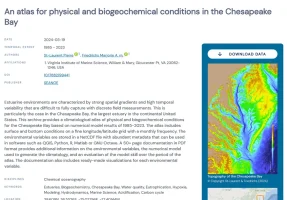

- Source: SEANOE
Chesapeake Bay, the largest estuary in the continental United States, has strong spatial gradients and high temporal variability in water conditions that are not easily captured by discrete (single timepoint) field measurements. This archive provides an atlas of physical and biogeochemical conditions for the Chesapeake Bay based on numerical model
- Type: Data
- Audience: Industry, Researcher, Resource Manager
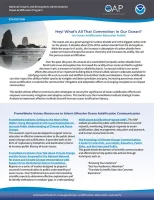

- Source: OAP
- Type: Curriculum
- Audience: Educator
- Grades 3-5, Grades 6-8, Grades 9-12, Youth


